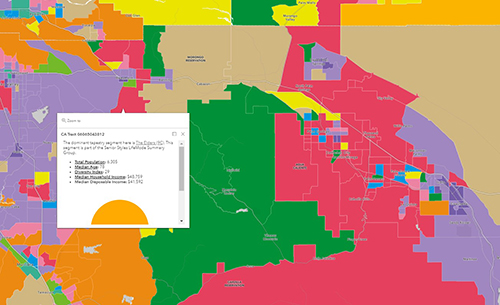Utility customers have higher expectations now than in the past. Why is this?
Modern consumer technology stimulated higher hopes for the customer experience. In response, most utilities’ focus shifted from being purely assetcentric to more customercentric. Yet, this move came with a realization that the customer is the utility’s most important “asset.” So, hard assets and customers alike must be given proper care.
Two big ideas help steer customer care—no surprises and keeping promises.

No Surprises
First, excellent customer care means no surprises. If utilities ran a sale on electricity, that would be a pleasant surprise. Instead of pleasant surprises, customers often get rude ones. Road closed! Blink -the power is off! Jackhammers – first thing in the morning! Most utility surprises are unwanted.
How to avoid surprises?
- Keep track of requests
- Predict customer impacts
- Communicate well
Customers make many requests, and the staff tries to satisfy them. However, it’s far too easy to lose track of customer preferences and deliver a surprise. Ratty clipboards and secret spreadsheets cannot communicate the customer’s wishes to the next utility representative.
Without a good way to capture and communicate information, you sink. The best intentions count for nothing when overlooking a customer’s input. You risk turning an ally into an adversary if they logically conclude their request was not important enough to be honored.
Utilities do things every day – even on Christmas morning. We fix what breaks or is damaged. We trim trees. We build things. Of all the many customers, which ones are affected? That’s an important question.
Predicting utility activity’s impact on customers helps avoid surprises. Connecting customers to utility work by overlapping locations is a key that opens up targeted communication possibilities.
Communication is the opposite of a surprise — driving proactive outreach and swift complaint resolution. The communication options available today are simply unparalleled. Self-service web apps and automatic notifications in text or email all reduce call center volume.

Keeping Promises
Secondly, promises are commitments. Utilities make customer promises every day – “We’ll send someone right over.” Then sometimes, no one shows up when expected. Promises kept build trust and underscore value. On the other hand, broken promises shatter confidence and leave customers feeling like no one understands their needs.
Utilities also make substantial commitments in the form of mission statements, core values, and corporate goals. These promises of reliability, equity, and sustainability are harder to keep and require engagement. Strong engagement helps maintain customer confidence and improves satisfaction. Understanding customer characteristics and behavior clarifies the very best engagement strategies.
New behaviors such as installing solar panels or charging electric vehicles affect the grid—exceptional customer care results from a fully informed view of customer actions and the resulting network impacts. A modern geographic approach provides the visualization, analytic, and collaboration capabilities required to keep promises. That is business intelligence.
Business intelligence allows employees to prioritize customer requests and delegate tasks to appropriate staff. Moreover, empowering customers with self-service solutions gives them a way to seek answers proactively.
Providing extraordinary service isn’t limited to customer communications. Clear understanding streamlines workflows giving customer service representatives ways to meet customer expectations.
The Power of Place
What’s needed to meet high expectations is to bring everything that affects customers together. And to do it in a way that makes sense– by location. Location is the one thing that ties all utility affairs together. Jobs, workers, storms, and customers all have locations. ArcGIS is a system that uses a modern geographic approach to help utilities avoid rude surprises and keep their promises.
Learn more – download the Esri Electric/Gas eBook Strengthening The Customer Relationship
